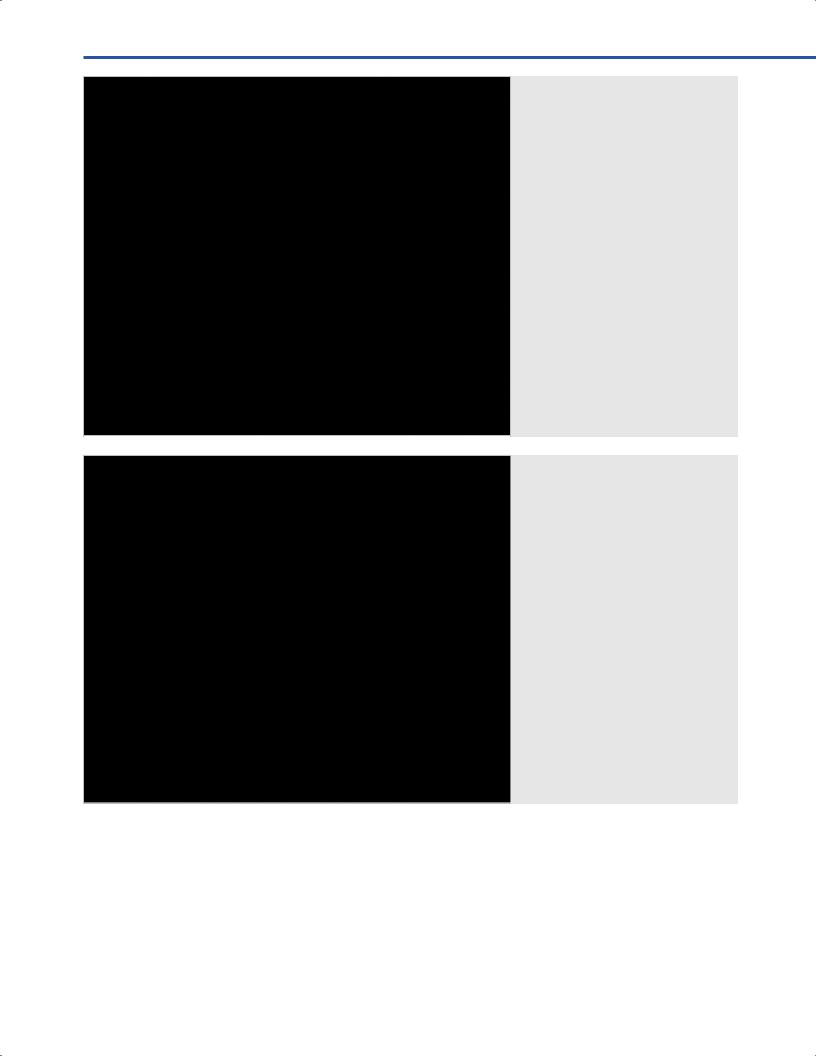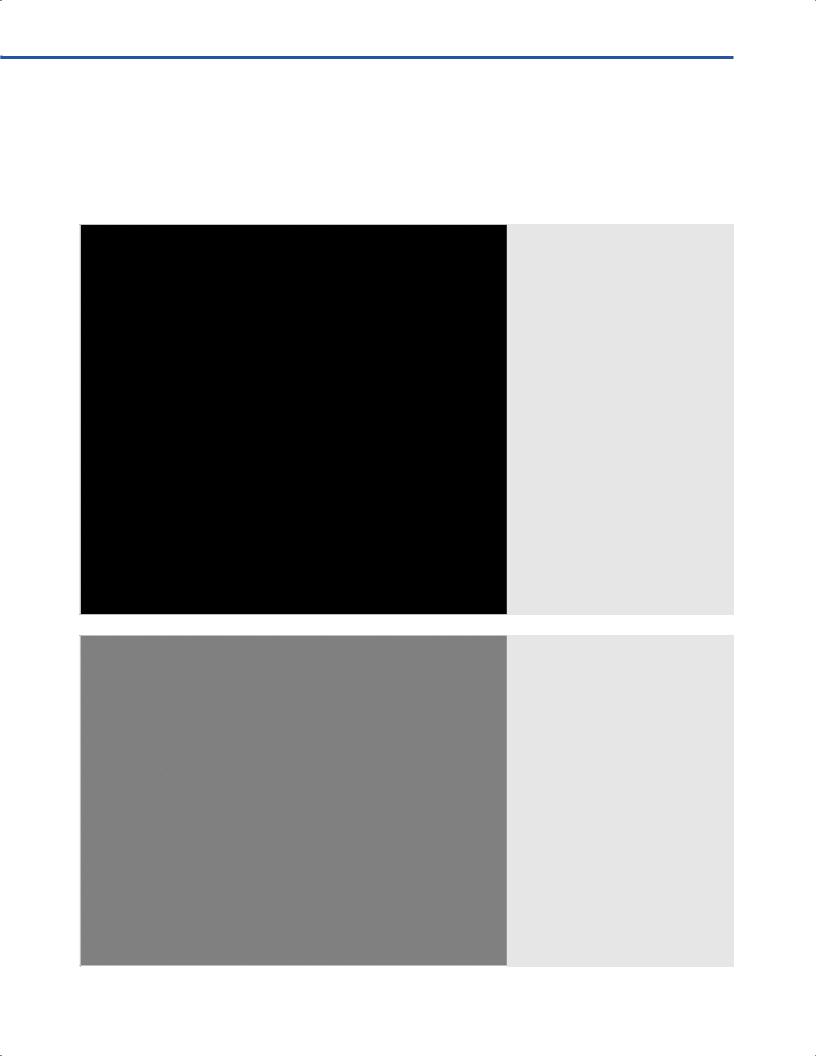
- •Operative Cranial Neurosurgical Anatomy
- •Contents
- •Foreword
- •Preface
- •Contributors
- •1 Training Models in Neurosurgery
- •2 Assessment of Surgical Exposure
- •3 Anatomical Landmarks and Cranial Anthropometry
- •4 Presurgical Planning By Images
- •5 Patient Positioning
- •6 Fundamentals of Cranial Neurosurgery
- •7 Skin Incisions, Head and Neck Soft-Tissue Dissection
- •8 Techniques of Temporal Muscle Dissection
- •9 Intraoperative Imaging
- •10 Precaruncular Approach to the Medial Orbit and Central Skull Base
- •11 Supraorbital Approach
- •12 Trans-Ciliar Approach
- •13 Lateral Orbitotomy
- •14 Frontal and Bifrontal Approach
- •15 Frontotemporal and Pterional Approach
- •16 Mini-Pterional Approach
- •17 Combined Orbito-Zygomatic Approaches
- •18 Midline Interhemispheric Approach
- •19 Temporal Approach and Variants
- •20 Intradural Subtemporal Approach
- •21 Extradural Subtemporal Transzygomatic Approach
- •22 Occipital Approach
- •23 Supracerebellar Infratentorial Approach
- •24 Endoscopic Approach to Pineal Region
- •25 Midline Suboccipital Approach
- •26 Retrosigmoid Approach
- •27 Endoscopic Retrosigmoid Approach
- •29 Trans-Frontal-Sinus Subcranial Approach
- •30 Transbasal and Extended Subfrontal Bilateral Approach
- •32 Surgical Anatomy of the Petrous Bone
- •33 Anterior Petrosectomy
- •34 Presigmoid Retrolabyrinthine Approach
- •36 Nasal Surgical Anatomy
- •37 Microscopic Endonasal and Sublabial Approach
- •38 Endoscopic Endonasal Transphenoidal Approach
- •39 Expanded Endoscopic Endonasal Approach
- •41 Endoscopic Endonasal Odontoidectomy
- •42 Endoscopic Transoral Approach
- •43 Transmaxillary Approaches
- •44 Transmaxillary Transpterygoid Approach
- •45 Endoscopic Endonasal Transclival Approach with Transcondylar Extension
- •46 Endoscopic Endonasal Transmaxillary Approach to the Vidian Canal and Meckel’s Cave
- •48 High Flow Bypass (Common Carotid Artery – Middle Cerebral Artery)
- •50 Anthropometry for Ventricular Puncture
- •51 Ventricular-Peritoneal Shunt
- •52 Endoscopic Septostomy
- •Index

51 Ventricular-Peritoneal Shunt
Elena V. Colombo, Filippo Gagliardi, Michele Bailo, Alfo Spina, Cristian Gragnaniello, Anthony J. Caputy, and Pietro Mortini
51.1 Indications
•Communicating hydrocephalus.
•Non-communicating (obstructive) hydrocephalus.
51.2 Patient Positioning (Fig. 51.1)
•Position: The patient is positioned supine, with the head placed on the bed headboard.
•Body: The body is placed in neutral position.
•Head: The head has to be free to rotate over the headboard; a rubber ring could be used to support it.
•Shoulders: Shoulders are placed in neutral position.
•Upper limbs: Upper limbs should be kept parallel to the trunk.
51.3 Skin Incisions
•Head: C-shaped incision (Figs. 51.1, 51.2)
○Anatomical landmarks: Coronal suture can be palpated 12 cm behind the nasion on the midline. From this point, the center of the incision should be marked 3 cm laterally (at the mid-pupillary line) and 1 cm ahead.
○Side: Preferably right (nondominant) side.
○Starting point: Incision starts 2 cm ahead the central point, on the mid-pupillary line.
○Course: Incision curves medially around the central point.
○Ending point: It ends 2 cm behind the central point, on the mid-pupillary line.
•Abdomen: linear incision (Fig. 51.3)
○Anatomical landmarks: Umbilicus.
○Starting point: Incision starts 1 cm lateral to the
51.2.1 Suggestions
•If the neck lateral curvature is wide, the head can be angled downward in order to open that angle and make tunneling maneuvers easier.
•Abdomen and thorax must be kept in neutral position, free from any device (e.g., electrocardiographic leads, patches, and bandages).
umbilicus.
○ Course: It runs straight laterally for 5 cm.
•Other incisions: Small linear incisions
Adjunctive small linear incisions can be made in the supraclavicular and/or retro-auricular areas.
•Starting and ending points: Starting and ending points are placed over the tunneler.
•Course: Incision runs 2 cm, perpendicular to the major axis of the tunneler.
51.3.1 Critical Structures
• None.
Fig. 51.1 Patient positioning and landmarks. Coronal suture crosses midline 12 cm behind the nasion. Mid-pupillary line is 2.5–3 cm lateral from the midline. Skin incision (red dotted line) runs around the intersection of mid-pupillary line and coronal suture line. Abbreviations: CS = projection line of coronal suture; M = midline; MPL = mid-pupillary line.
Fig. 51.2 Cranial landmarks for ventricular puncture. Burr hole must be performed 2–3 cm lateral from the midline and 1 cm anterior to the coronal suture (blue line).
322

51 Ventricular-Peritoneal Shunt
Fig. 51.3 Para-umbilical skin incision with
exposure of t |
al muscle fascia. |
|
Abbreviations: R = retractor |
al |
|
muscle fascia; U = umbilicus. |
|
|
51.4 Soft Tissue Dissection
•Myofascial level
○Abdomen: Incision runs transversally, 2 to 3 cm in length.
•Muscles
○Retro-auricular incision: Sternocleidomastoid tendon could be crossed during tunneling, performing a small incision.
○Abdomen: Rectus abdominis fbers are smoothly dissected.
•Bone exposure
○Subgaleal dissection of extra-cranial soft tissues is performed to expose the coronal suture.
○Further dissection is carried out, starting from the skin incision to the parietal bone to create a pouch for positioning the valve.
•Tunneling (Figs. 51.4, 51.5)
○Head is turned laterally to fatten the angle between the neck and clavicle.
○Starting from the abdominal incision, a tunneler is inserted in the subcutaneous layer.
○The tunneler is pushed straight up over the rib cage and the clavicle.
○An incision is made above the clavicle and/or behind the ear to retrieve the tunneler tip.
○The distal catheter is then tunneled from here toward the cranial incision.
51.4.1 Critical Structures
• Superfcial jugular vein in the neck.
51.5 Craniectomy (See Chapter 50)
•Burr hole (Kocher’s point) (Fig. 51.2)
○Burr hole is placed 2.5-3 cm lateral to the midline, on the mid-pupillary line.
○In sagittal projection it corresponds to a point located 1 cm anterior to the coronal suture.
•Variants (See Chapter 50)
○Frazier’s point (parieto-occipital). It is located 6-7 cm above the inion and 3-4 cm lateral to midline.
○Keen’s point (posterior parietal). It is located 2.5-3 cm posteriorly and 2.5-3 cm superiorly to the pinna.
51.6 Dural Opening
•Dura is opened in a X-shaped fashion.
•Care must be taken not to cut underlying vessels.
51.7 Intradural Procedure
•Cortical surface is gently cauterized.
•Ventricular catheter is placed in the frontal horn of the lateral ventricle.
•Trajectory to the frontal horn of the lateral ventricle (Fig. 51.2)
○Stylet trajectory is perpendicular to the bone surface.
○Catheter is directed toward the ipsilateral medial cantus on the coronal plane and toward the external auditory meatus on the sagittal plane.
○Using this trajectory, the tip of the catheter is directed to the Monro foramen.
323

VII Ventricular Shunts Procedures
○Stylet should be advanced for 5-7 cm.
•Trajectory to the occipital horn of the lateral ventricle
○Catheter is directed parallel to skull base, toward the ipsilateral medial cantus.
○Stylet should be advanced for 8-10 cm.
Fig. 51.4 The tunneler with an internal guide for the catheter is inserted in the subcutaneous layer from the abdominal incision toward the retroauricular zone. Abbreviations: C = catheter; RE = right ear;
T = tunneler.
Fig. 51.5 The distal catheter emerges from the retroauricular incision after removing the tunneler from the abdomen. A short tunneler is inserted through the cranial incision to the retroauricular one. After removing the internal guide, catheter is inserted in the tunneler for the length needed to reach the cranial incision.
Abbreviations: C = catheter; RE = right ear; T = tunneler.
51.8 Valve Connection (Fig. 51.6)
•Cranial (proximal) catheter should be cut almost 3 cm distal to the burr hole and connected to the programmable valve.
•Valve is connected to the distal catheter, which has been previously tunneled from abdomen to the cranial incision.
324

51 Ventricular-Peritoneal Shunt
•Valve is positioned in the subcutaneous pouch.
•Abdominal (distal) catheter is gently pulled down while the valve is located in the pouch.
51.9 Abdominal Procedure (Figs. 51.7–51.9)
• Smooth dissection of rectus abdominis fbers is carried out.
•Deep fascia is pinched in two points maintaining a distance of 1-2 cm between them and then incised in the center with a scissor or a knife.
•Deep fascia opening should be 2-3 mm in length.
•Parietal peritoneum (recognizable as a thin transparent membrane) should be opened in the same fashion as the deep fascia. Since the deep fascia is often coated by the peritoneum, the two structures are usually opened together.
Fig. 51.6 Explicative section showing the system positioning. The distal catheter and valve are positioned in the subcutaneous space and over the temporalis fascia. The extra-cranial part of the ventricular catheter must be positioned avoiding stretching or kinking.
Abbreviations: DC = distal catheter; PC = proximal catheter; RE = right ear; V = valve.
Fig. 51.7 Abdominal soft tissue dissection with exposure of rectus musc s. Abbreviations: R = retractor; RM = rectus
muscle |
al muscle fascia; |
U = umbilicus. |
|
325

VII Ventricular Shunts Procedures
Fig. 51.8 Abdominal soft tissue dissection with exposure of the deep muscle fascia.
Abbreviations: DMF = deep muscle fascia; R = retractor; RM = rectus muscle al muscle fascia; U = umbilicus.
•At this point the intra-peritoneal fat is exposed and the distal catheter could be inserted into the peritoneal cavity.
•A rounded suture is used to close the peritoneum incision and to reduce the risk of catheter’s dislocation.
51.10 Variants of Ventricular
Diversion
•Ventricular-atrial shunt
○Distal catheter is inserted into the right cardiac atrium through the right jugular vein.
○Jugular vein puncture must be performed by using an ultrasound guide.
○Indications: in case of ventricular-peritoneal shunt contraindication, as in previous abdomen surgery or peritoneal infection.
References
1.Greenberg MS. Hydrocephalus. In: Greenberg MS, ed. Handbook of Neurosurgery. New York: Thieme Medical Publishers; 2006:619–621.
2.McComb JG. Techniques for CSF diversion. In: Scott RM, ed. Hydrocephalus. Baltimore: Williams and Wilkins;1990: 47–65.
Fig. 51.9 Cross-section of abdominal catheter positioning.
Abbreviations: DC = distal catheter; DMF = deep muscle fascia; I = intestine; RM = rectus muscle al muscle fascia; U = umbilicus.
326
